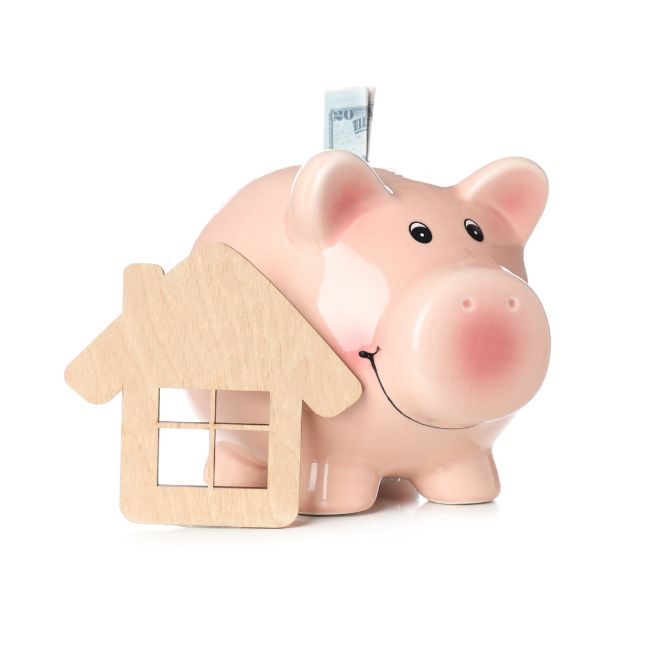Home refinance is a process where homeowners replace their existing mortgage with a new one, typically with different terms or a lower interest rate. It allows homeowners to take advantage of lower interest rates or change their mortgage terms to better suit their financial needs.
To ensure you get the best deal on your home refinance in Canada, here are some steps to follow:
1. Assess your financial situation: Determine why you want to refinance and what your goals are. Do you want to lower your monthly payments, shorten your loan term, access equity, or consolidate debt? Understanding your financial needs will help you make informed decisions.
2. Research mortgage lenders: Shop around and compare different lenders to find the best rates and terms available. Look for reputable lenders with good customer reviews and a solid track record.
3. Check your credit score: A good credit score is crucial in securing a favorable refinance deal. Check your credit report for any errors and take steps to improve your credit score if needed.
4. Gather necessary documents: Lenders will require documents such as income verification, tax returns, bank statements, and property information. Gather these documents in advance to streamline the refinance process.
5. Calculate costs and savings: Consider the costs associated with refinancing, such as closing costs, appraisal fees, and any prepayment penalties on your current mortgage. Compare these costs with the potential savings from a lower interest rate or reduced monthly payments.

6. Negotiate with lenders: Once you’ve selected a lender, negotiate the terms of your refinance. Be prepared to ask for lower interest rates, reduced fees, or other favorable terms. Lenders may be willing to negotiate to secure your business.
7. Read the fine print: Carefully review all loan documents and disclosures before signing any agreements. Understand the terms, interest rates, fees, and any potential penalties or restrictions.
8. Close the loan: Once you’re satisfied with the terms and have completed the necessary paperwork, schedule a closing date. During closing, you’ll sign the final documents and officially complete the refinance process.
Remember, refinancing your home is a significant financial decision, and it’s important to weigh the pros and cons before proceeding. Consult with a mortgage professional or financial advisor to ensure it aligns with your long-term goals and financial stability.



